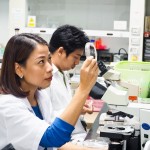
Scientist Honglada “Lada” Thoetkiattikul has moved from examining microbes under a microscope to pitching policy recommendations that could affect the sharing of biological resources within the Association of Southeast Asian Nations (ASEAN).
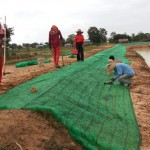
The vast majority of rural communities in Cambodia are entirely dependent on community water supply ponds for drinking water during the dry season because groundwater is either not available or is too deep to reach easily. If there is a prolonged dry season, access to safe drinking water becomes a serious issue. And with the recent changing of climatic patterns, the likelihood and severity of extended dry periods is increasing.
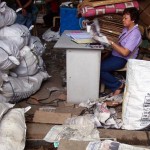
Don’t ever pass up a chance to watch a slideshow featuring Josefina De Leon. The camera follows her along rural roads and into back streets of cities across the Philippines, where she and her colleagues pursue traffickers and make major busts of illegally traded wildlife.
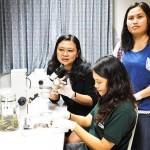
You could say Anchalee Aowphol is a pathfinder, if not a trailblazer, among women scientists in her native Thailand and Southeast Asia. In fact, what she does is so unique that there is no word in Thai for her profession: herpetologist—a scientist who studies amphibians and reptiles. Her studies, however, may present more information about the environment and its future than meets the eye.
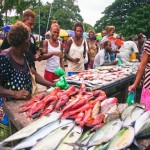
Technology is catching on in the Solomon Islands’ fishing industry. Just ask the women and men who each day take stock of fish arriving by canoes and boats at local markets. They will tell you that tracking the size of the catch, species and price for this Pacific island nation’s fish is now much easier with mobile phones.







Comment
Make a general inquiry or suggest an improvement.